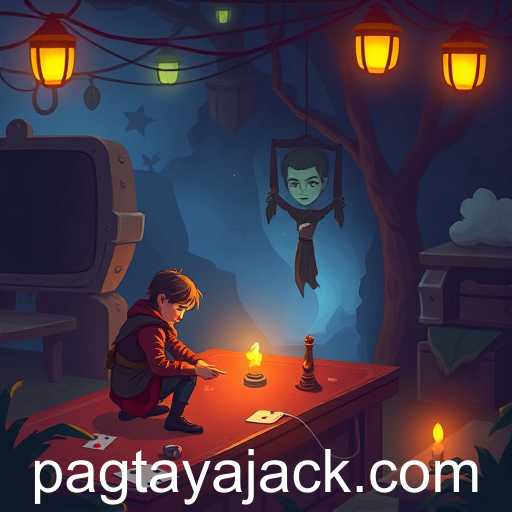Explore how the concept of 'pagtaya' is integrated into adventure games, enhancing narrative and player engagement through elements of risk and strategy.
In the ever-evolving realm of online gaming, adventure games have carved out a significant niche. Known for their immersive narratives and compelling gameplay, adventure games provide players an escape into worlds filled with mystery and excitement. As the digital landscape continues to grow, many websites have expanded their offerings to include various genres of games, with adventure games often taking a prominent spot. In the context of this genre, the keyword 'pagtaya,' meaning 'betting' or 'gambling' in Filipino, introduces a fascinating dimension to the gaming experience.
Adventure games with a 'pagtaya' element typically integrate storytelling with elements of risk and reward, where players make strategic decisions similar to those in gambling settings. These games often invite players to embark on journeys filled with uncertainty, where every choice has potential consequences. This element of unpredictability can mimic the thrill associated with traditional forms of betting, such as card games or sports betting, thus appealing to a broad audience.
The allure of pagtaya within adventure games lies in its ability to enhance the narrative by introducing stakes that are both personal and integral to the storyline. For instance, in many adventure games, players might decide on wagering in-game currencies or items for a chance to unlock a hidden storyline or gain a competitive edge. This incorporation of pagtaya elevates the level of engagement, encouraging players to weigh their decisions carefully and to experience the palpable tension that is akin to risk-taking in the real world.
Moreover, the merging of adventure and pagtaya mechanics can often lead to innovative game design, where developers craft unique scenarios that challenge players cognitively and emotionally. These games sometimes simulate real-life betting environments within their narratives. Puzzles, quests, and challenges can all be interwoven with a wagering component, ensuring that players remain invested in the outcome.
As technology advances, so too does the sophistication of adventure games incorporating pagtaya. With the advent of virtual reality and augmented reality, these games are becoming more interactive and lifelike, offering even more immersive experiences that draw players deeper into their fictional worlds. Thus, adventure games with pagtaya elements signify the next frontier for game designers and developers eager to push the boundaries of traditional storytelling through active player participation.
In conclusion, the intersection of adventure games and the concept of pagtaya represents a fascinating evolution in the gaming industry. By skillfully blending risk, reward, and narrative, these games offer an exhilarating and potentially rewarding experience that captivates players worldwide. As the gaming industry continues to innovate, it will be interesting to see how these dynamics evolve and what new experiences they will bring to adventure game enthusiasts.




